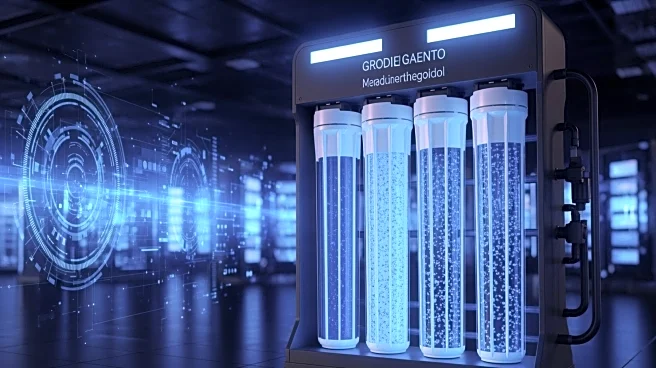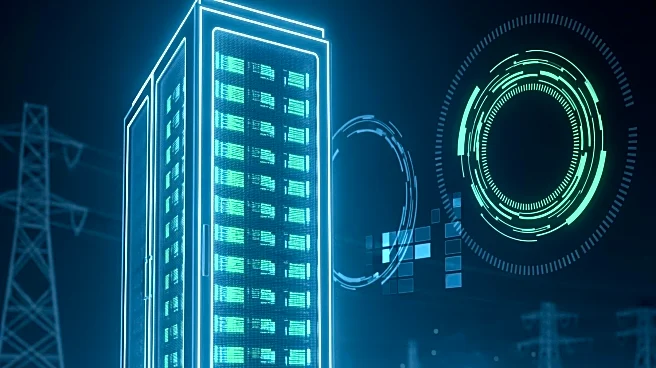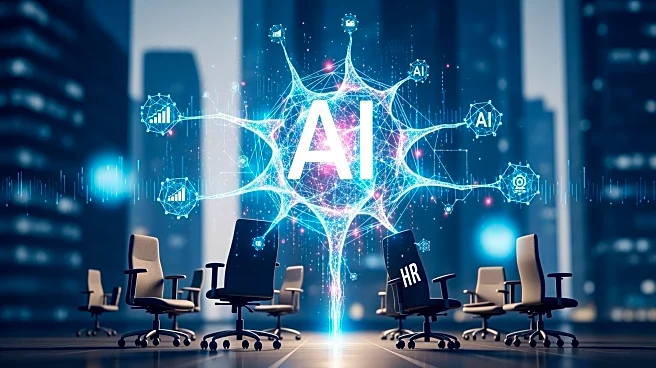What's Happening?
Major technology companies, including Microsoft, Amazon, Meta, and Google, are expanding their data center operations in the United States, with a significant number located in water-stressed regions.
Business Insider reports that 40% of these centers are in areas facing severe water shortages. Microsoft alone consumed 2.1 billion gallons of water in 2023, a substantial increase from the previous year. In response, these companies have committed to becoming water positive by 2030, aiming to replenish more water than they use. This commitment comes as data centers, which require large amounts of water and electricity, continue to proliferate, particularly in Northern Virginia, a hub for such facilities.
Why It's Important?
The expansion of data centers in water-stressed areas highlights the growing tension between technological advancement and environmental sustainability. As data centers consume significant water resources, they risk exacerbating local water shortages, impacting communities and ecosystems. The pledges by tech giants to become water positive are crucial for addressing these concerns, but their success will depend on effective implementation and monitoring. This situation underscores the need for sustainable practices in the tech industry, especially as demand for data processing and storage increases with the rise of AI and other technologies.
What's Next?
The commitment to water positivity by 2030 will require tech companies to develop and implement innovative water management strategies. These efforts may involve collaboration with local governments and environmental organizations to ensure sustainable resource use. As data center construction continues, there may be increased pressure on policymakers to regulate their environmental impact, particularly in water-stressed regions. The ongoing growth of AI and digital technologies will likely drive further expansion, necessitating continued attention to sustainability.
Beyond the Headlines
The concentration of data centers in residential areas raises broader questions about environmental justice and resource allocation. Communities near these facilities may face increased competition for water, potentially leading to higher costs and reduced availability. The tech industry's reliance on data centers also highlights the environmental impact of digital infrastructure, prompting discussions about balancing technological progress with sustainability.












